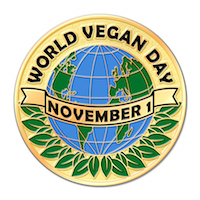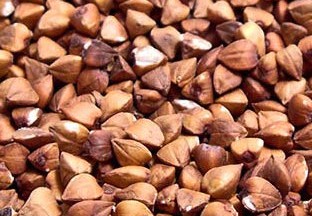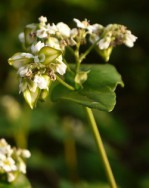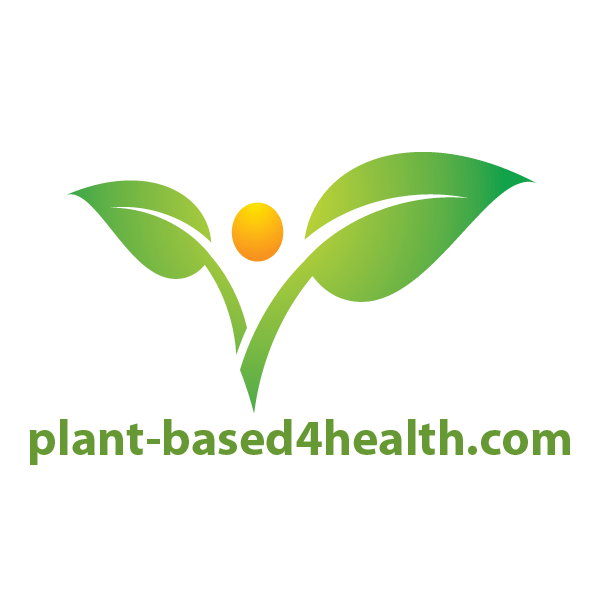![World Vegan Day – Celebrating 5 years on a plant-based diet!]()
by plant4health | Nov 1, 2015 | Organic, Sustainability, Vegan, Vegan restaurants, WFPB, Whole food, Whole food, plant-based
 Today is World Vegan Day and the beginning of World Vegan Month. Five years ago, on November 1, 2010, I switched from being a long time vegetarian (nearly 20 years) to a 100% whole foods, plant-based diet. Although it can be challenging at times to follow an organic plant-based diet, it is so much easier now than even five years ago. Here are five reasons why I continue to follow this plant-based diet and lifestyle:
Today is World Vegan Day and the beginning of World Vegan Month. Five years ago, on November 1, 2010, I switched from being a long time vegetarian (nearly 20 years) to a 100% whole foods, plant-based diet. Although it can be challenging at times to follow an organic plant-based diet, it is so much easier now than even five years ago. Here are five reasons why I continue to follow this plant-based diet and lifestyle:
1. Health:
Scientific studies continue to support the benefits of a whole food, plant-based diet. Just last week the World Health Organization’s International Agency for Research on Cancer cautioned “the consumption of red meat as probably carcinogenic to humans and processed meat as carcinogenic to humans.” A whole food, plant-based diet has helped people reverse cancer – see my brother-in-law’s story about beating prostate cancer – as well as reverse heart disease and Type 2 diabetes. I have a family history of cancer, heart disease, stroke and diabetes, so I take comfort in knowing I’m doing what I can through my diet, regular exercise, plenty of sleep and daily meditation to reduce my risk of chronic health problems. (more…)
![World Vegan Day – Celebrating 5 years on a plant-based diet!]()
by plant4health | Jul 23, 2015 | Nutrition, Plant-based, Recipes, Sustainability, WFPB, Whole food, Whole food, plant-based

Buckwheat Groats
Buckwheat is one of the most commonly overlooked gluten free whole grain “substitutes”. I classify it as a grain “substitute” because, while most people think of buckwheat as a grain, it is actually a fruit seed. Although it’s name suggests it’s a member of the wheat family, buckwheat is not related to wheat and is completely gluten free.

Buckwheat Flower
Because the buckwheat plant is not susceptible to any major diseases or pests, it’s easy to grow, making it an inexpensive grocery item. Due to its easy to grow nature with blossoms that attract beneficial insects and pollinators, it is often used as a cover crop for weed control in sustainable agriculture.
Buckwheat is a nutrient rich superfood. It’s one of the best sources of high quality plant protein because it contains all eight essential amino acids with high concentrations of potassium, magnesium and more. It’s significant amount of B vitamins promotes healthy skin and hair while the high amounts of fiber supports gut health.
(more…)
by plant4health | Apr 22, 2015 | Plant-based, Sustainability, Vegan, WFPB
In honor of Earth Day, I’d like to share a short video I created on the impact of our food choices on people, animals and the planet. Adopting a whole food plant-based (WFPB) diet, promoting organic farming practices, and eliminating subsidies to farmers and fisheries can go a long way to help the health of humans, animals and our planet.
[wpvideo lXDgSfQz]
Transcript:
Our planet has over 7 billion people and the population is growing at 14% per year. We have 50% more people today than in 1980. 60% of humans are malnourished. Resources are stretched to the limit. How can we feed our growing population in a sustainable way?
99.7% of our food comes from land but our crop land is decreasing due to population growth, soil erosion and salinization. We could have 30% less irrigated crop land worldwide by 2025. Conventional farming practices use pesticides and herbicides which reduce the nutrient value of soil and create dead zones in our oceans where nothing can live. Organic farming is the best choice. It uses cover crops for natural fertilizer and builds nutrient-rich soil that stores water.
It takes far more water to raise animals for human consumption than to grow plant food for human consumption. A 1 lb. loaf of bread requires 250 gallons of water to produce, whereas 1 lb. of beef takes 5,000 gallons of water. You would save more water just by replacing a pound of beef with plant foods than you would by not showering for six months! It takes less water to produce one year’s worth of food for a completely plant-based diet than it does to produce one month’s worth of food for a diet with animal products.
As mentioned earlier, nitrogen fertilizers used on conventionally-grown crops run off into our coastal oceans, creating dead zones where nothing can live. In addition, many fish we eat are full of heavy metals like mercury. Over fishing is taking its toll. 75% of fisheries are in peril and there has been a 90% decline in prized fish like tuna and swordfish. We’ve maxed out the ocean and can only bring in 85 million metric tons of fish annually. Farmed fish is not the answer. It also creates dead zones from nitrogen fish food and the cramped conditions encourage disease.
The US government has been giving subsidies to farmers and fisheries for decades. Farmers paid by the government are forced to grow a single crop, such as corn. They get rid of their livestock and no longer have onsite fertilizer. They buy commercial fertilizer which damages our soil and oceans. Subsidies to cattle ranchers to produce cheap meat – increasing meat consumption and therefore water consumption. Subsidies to fisheries result in over fishing. According to the World Trade Organization, US subsidies violate trade practices.
With a growing population of over 7 billion people, we are running out of land to grow food, running out of fresh water in many areas, ruining our coastal oceans and over fishing with some species near extinction. The status quo is unsustainable.
Here are 2 things you can do to help change the status quo.
- Take action! Recognize that we all own our planet: land, water, oceans and air. Encourage your government officials to ban subsidies to farmers and fisheries.
- Eat an organic, 100% plant-based diet. It’s healthier for you, healthier for our land, healthier for our water and marine life and certainly better for the animals who are not killed for consumption by humans.
Sources:
 Today is World Vegan Day and the beginning of World Vegan Month. Five years ago, on November 1, 2010, I switched from being a long time vegetarian (nearly 20 years) to a 100% whole foods, plant-based diet. Although it can be challenging at times to follow an organic plant-based diet, it is so much easier now than even five years ago. Here are five reasons why I continue to follow this plant-based diet and lifestyle:
Today is World Vegan Day and the beginning of World Vegan Month. Five years ago, on November 1, 2010, I switched from being a long time vegetarian (nearly 20 years) to a 100% whole foods, plant-based diet. Although it can be challenging at times to follow an organic plant-based diet, it is so much easier now than even five years ago. Here are five reasons why I continue to follow this plant-based diet and lifestyle:

